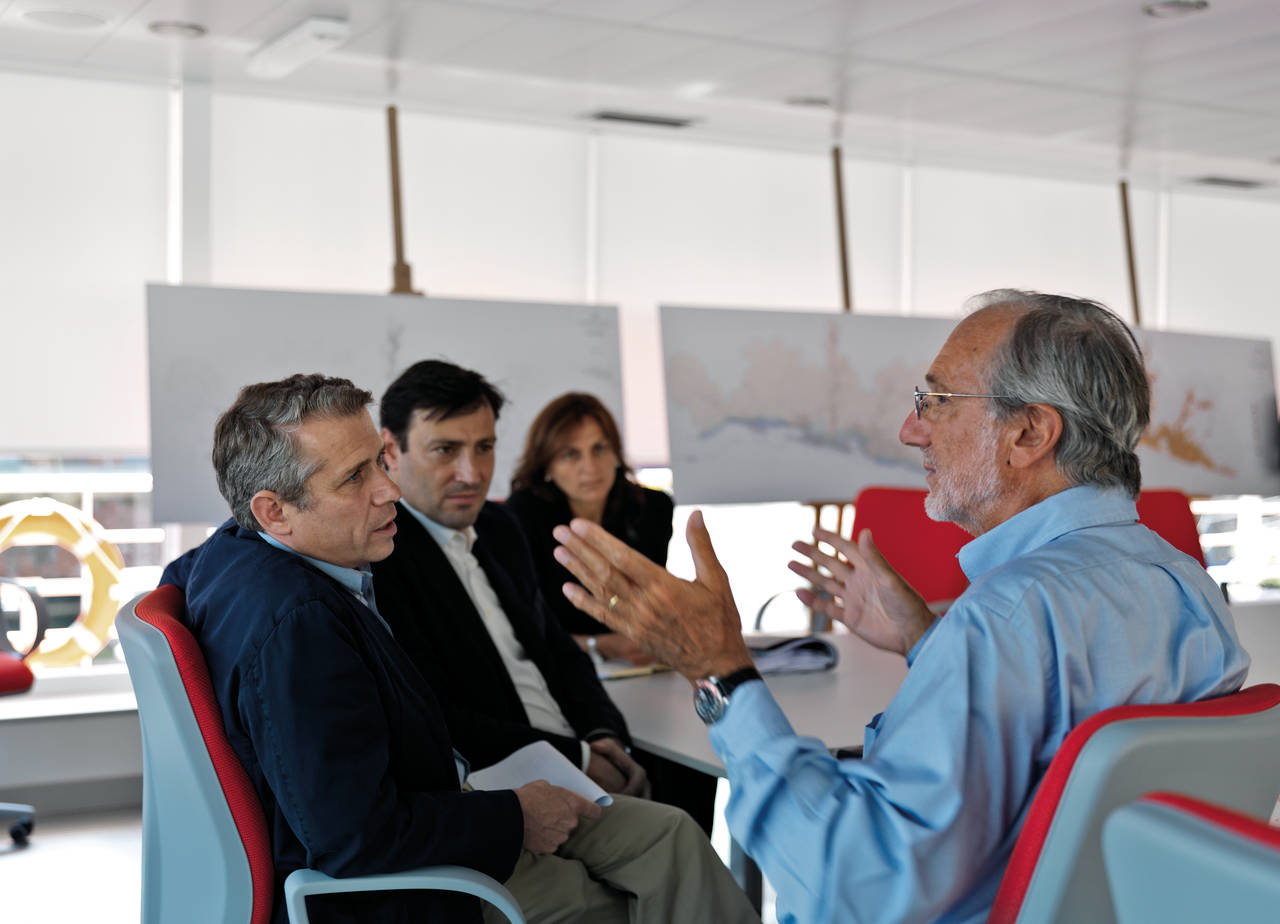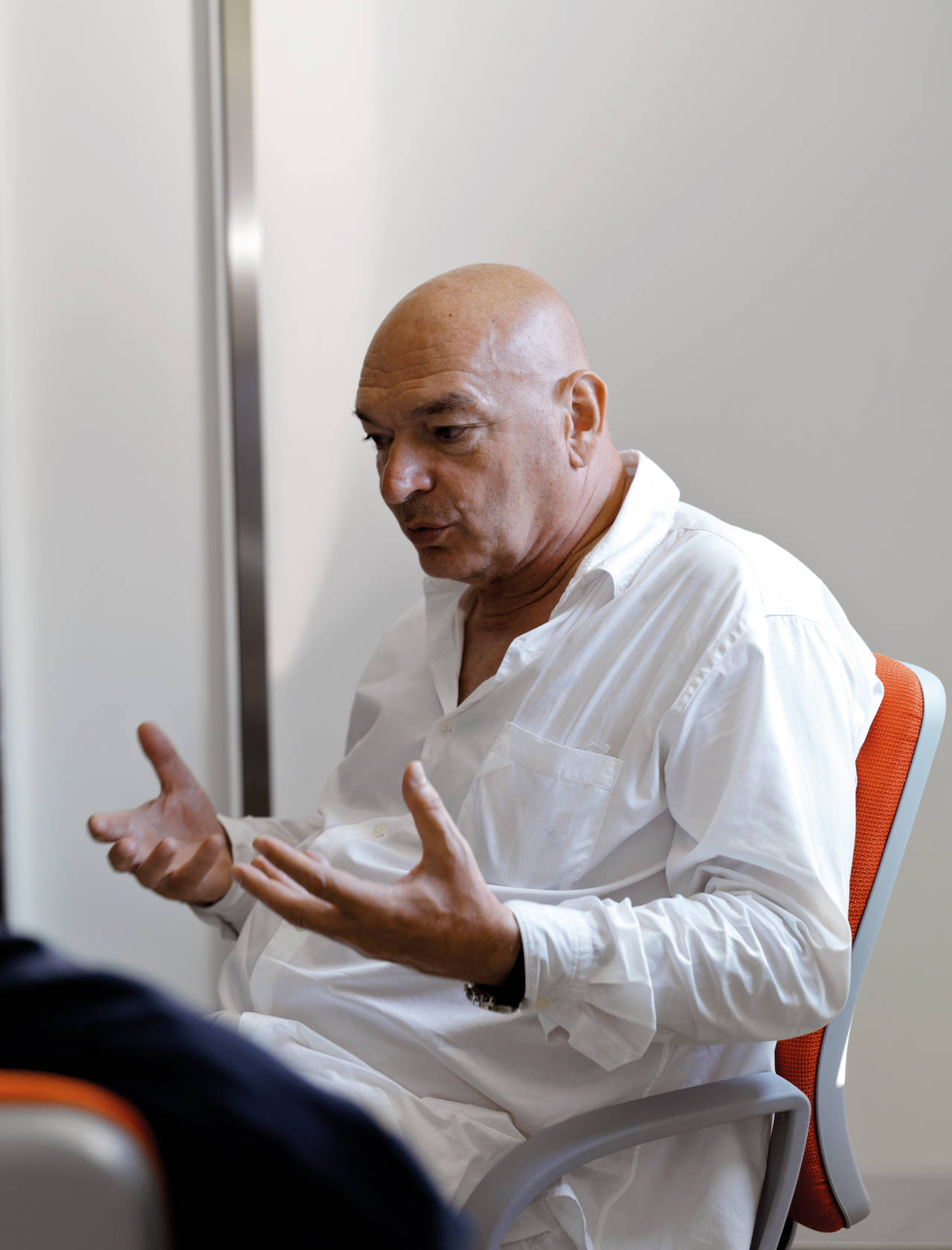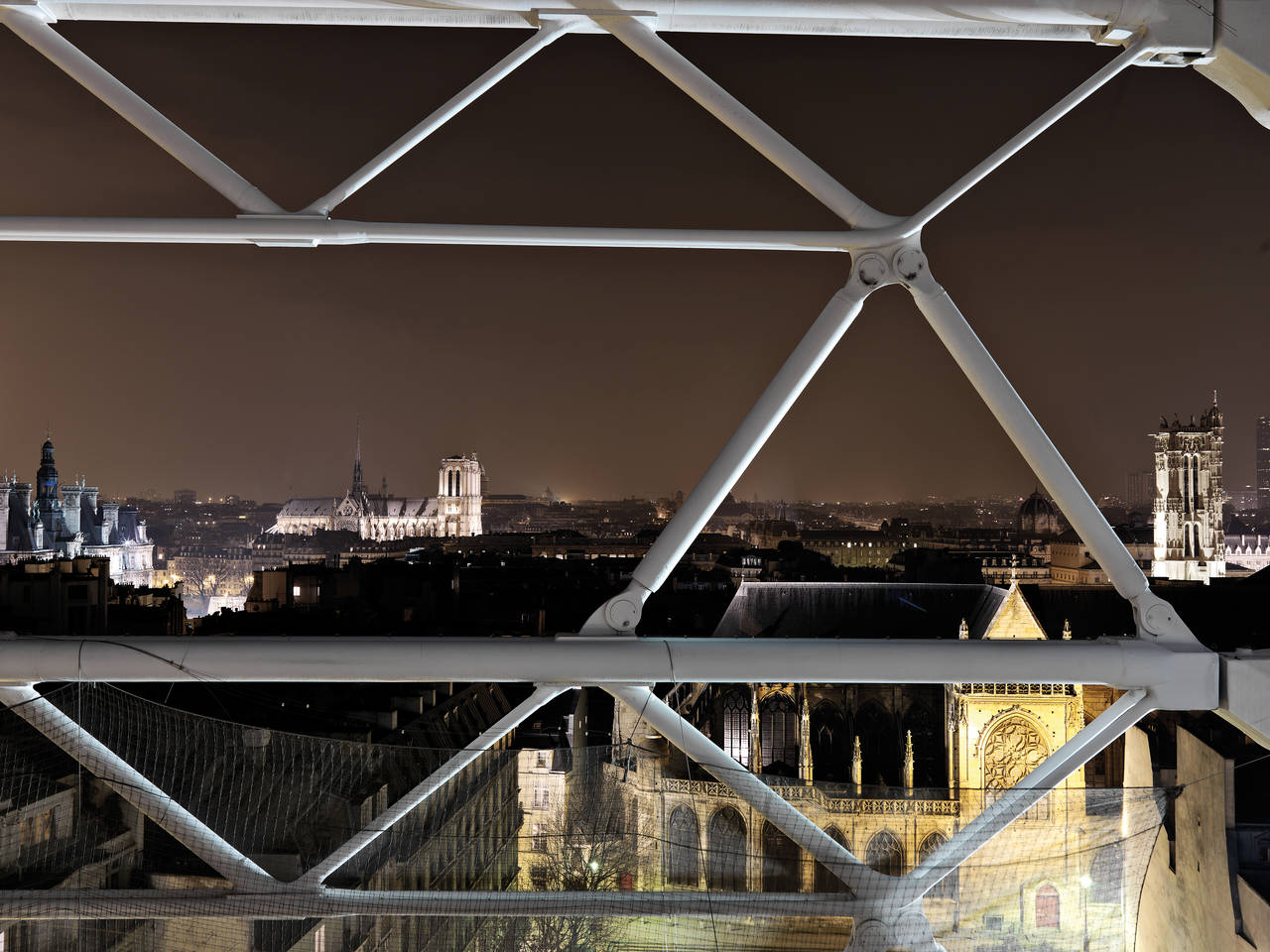Stefano Fera: The international consulting for Greater Paris seems intent on challenging the very idea of capital city. A typically Nineteenth-century idea, linked to a centralist concept of the State which has only been reached quite recently in Italy, after considerable efforts, as witnessed by the fact that the Italian capital was moved again and again between 1861 and 1871, first to Turin, then to Florence and finally to Rome. Today the challenge consists of turning a large radiocentric city, surrounded by countless municipalities that vary in dimension and character, into a metropolis capable of dealing with complex social and infrastructural problems, but also to withstand the ancient competition with London. How, in your opinion, can Paris face this challenge?

Renzo Piano: It is first and foremost important to point out that Paris has always been a great city-laboratory, from many points of views, certainly from a social, but also from an urbanistic, architectural and cultural viewpoint. And the reason is precisely that it is a city which succeeds in intensifying conflicts within its borders, making them explode with resulting fractures that are then recomposed with – it must be stressed – revolutionary results. Situations as those which have recently taken place in the banlieues bear witness to dramas which are only possible in Paris, as these dramas are the result of true segregation. If it is true, in general, that the future of cities depends on the solution of the problem of the outskirts, it is also true that in our cities, or even in London, this problem, no matter how difficult, does not appear to be unsolvable. In Paris, on the contrary, it seems particular hard because the banlieues are satellite polarities in open antagonism to the historical city. Moreover, in Paris the problem of integration seems to lie in a lack of attention, rather than in racism. I remember that when the most serious events took place two or three years ago, the Parisians only seemed to notice it when the banlieusards began to burn parked cars in the centre. Certain areas of the famous Villes Nouvelles feature pockets of serious social tension that are ready to explode in revolts at any time, and this situation is worsened by the indifference of the city and the government, as no-one seems to make any real effort to achieve some form of integration. In addition to this, I believe we may say the Parisian Villes Nouvelles are the children of a perhaps more modern but less subtle interpretation of the English New Towns, which on the contrary pursued the realization of a perhaps utopian but quite extraordinary dream of social justice, or at least mirrored a certain vision of society.

Jean Nouvel: I am convinced we must abandon the context of the old ideas, on which basis one tends to think that it is possible to “create” a city, to “design” it. And I really do not believe this can be done. In economic studies one still analyzes what happened in the 20th century, which has in any case represented the advent of a radical urban transformation, a chaos that has produced what it was bound to produce, and in other words things that are sometimes amazing and poetic, and sometimes absolutely impossible to live in and caricaturesque. And so we face this situation today, and we also face a disaggregation of a political and administrative kind, due to which urban territories are managed by different mayors, different local administrators and different authorities. But I certainly do not envisage Paris leaving Paris. Paris is there already, and I consider banlieue as a Nineteenth-century term that we should no longer use. It is a metropolis, and at the same time a city. Now this city can also assume the names of the different municipalities which may be compared to what used to be the names of neighbourhoods. And then I believe it is hard to say whether the administrative fracture is really the cause of all the problems and of this chaotic development, also because if you take a look around, this does not, after all, appear so evident. For instance, if one examines London, a much bigger city, one realizes that it also has a centre and a banlieue. Marseilles, which is a single municipality, has more or less the same problems, and this reasoning is therefore not so automatic. It is more interesting to reflect on something which has to be redebated, namely the very way in which urban development should be conceived and planned. I am convinced of this, I have been saying so for thirty years and I will never tire of repeating it.

S. F.: On the basis of what premises is it possible to reconsider the current approach to city planning?
J. N.: First and foremost by realizing that we are still under the influence of the heritage of the Athens Charter, and in other words the most basic zoning, which calls for a subdivision of the territory by single functions or the grouping of all the industrial activities in one area, all the dwellings in another, and all the service activities in a third and so on. We have for a moment believed things were a little changed, also following a certain debate in which I have participated. We have told one another that “we must absolutely change the way to conceive the French city, which must no longer be planned by the prefectures”. Because the prefectures prepared even the Land Occupation Plan, the Schéma Directeur, always applying the same model, from Dankerque to Marseilles, always following the same principles, whether a city had 10,000 or 60,000 inhabitants. What was missing, in other words, was a reflection based on an attentive, punctual analysis, which is what I believe in, just as I believe in making a historical and geographical analysis. I am also convinced that plans for long periods are futile. In fact, I remember that when plans were made for a twenty-year period, every prediction was always belied by facts, whose evolution never followed the theorized trajectory. This is why our Villes Nouvelles are phantasms, they sprawl like wildfire and depend on existing cities, becoming their caricatures. This approach has practically never changed, and this is the process which must be reconsidered.
S. F.: However, in spite of your acute criticism, the age of the Villes Nouvelles and New Towns was also the last moment in which an ample international debate on the dwelling took place. This fundamental theme for the construction of the city has then faded in the background as the focus has shifted to special buildings as museums, libraries, etc. Or in other words the projects which have been baptized Grand Travaux, or the Presidents’ building sites. Don’t you think that the debate on Greater Paris may once again assign a central role to the planning of dwellings, which has such an illustrious tradition precisely in France and its capital?

R. P.: I sincerely hope so! Even though the season of Grand Travaux actually commenced in the early Seventies, precisely by the good old Centre Pompidou – which had not acquired that name yet but was called Plateau Beaubourg – to then continue with Mitterand’s large projects. And that season has not expressed anything but an essentially rhetoric vision of the city, as it aims to celebrate the city in a somewhat abstract manner. Heaven knows that I am not one to moralize, but it is true that the issue of the home has gradually received less attention. On the contrary, in the time of Jean Prouvé, whom I was very close to and whom I went to visit as a student, the focus was more on prefabrication, especially so-called “heavy” prefabrication. Building was seen as a social issue, it was the epoch of the Grands Ensembles, designed by a few extraordinary authors who, with great humility, dedicated their time and expertise to building social housing well. Some of these buildings are particularly interesting, also because they bore witness to a constant research, a continuous experimentation of different systems. When I was a student I went to look at them and to study them, because I perceived, in these projects, a desire to realize the ethical and political dream of a home for everyone. There was the Russian model, which we deemed oppressive, Stalinist, and then there was the French model which we on the contrary found very interesting. All that ferment was based on a socially sustainable tradition. It is true, a lot of attention was, generally speaking, dedicated to the issue of housing, and this seems to me to have culminated precisely in the Sixties, in the years when I graduated.

J. N.: In France we have been pioneers also in the field of social housing, but we have been caricaturesque here too, because living is not just to have a dwelling, it is above all knowing what one is doing, also when we are not in or near our home. To live is to feel comfortable in the area around the home, which we use daily and regularly; on the contrary, our social habitat has often been segregated. Social housing is not an issue one can deal with merely by designing the plan of an apartment. The detail of a balcony, the structure in reinforced concrete of a building. It first and foremost means to ask oneself the questions: “does one feel good here, is it possible to live here all hours of the day and the night? Do I feel alone? Am I surrounded by the things I need?“

However, I consider the question of the dwelling as a terrible problem. It is terrible because the regulations for the planning of social housing have not changed, the speculative pressure and the pursuit of economic profit result in smaller and smaller dwellings. And furthermore, a home is very valuable if it is in the city, and this is where most attention is dedicated. The only possibility to obtain decent dwellings is therefore, in the final analysis, to reconvert existing buildings. In fact, every time an old building is converted, there is a possibility to avoid killing regulations or suffocating square meters, and in this one also has a chance to take some shortcut, to invent some stratagem. Otherwise, the starting point posed by the regulation scenario is deadly.






